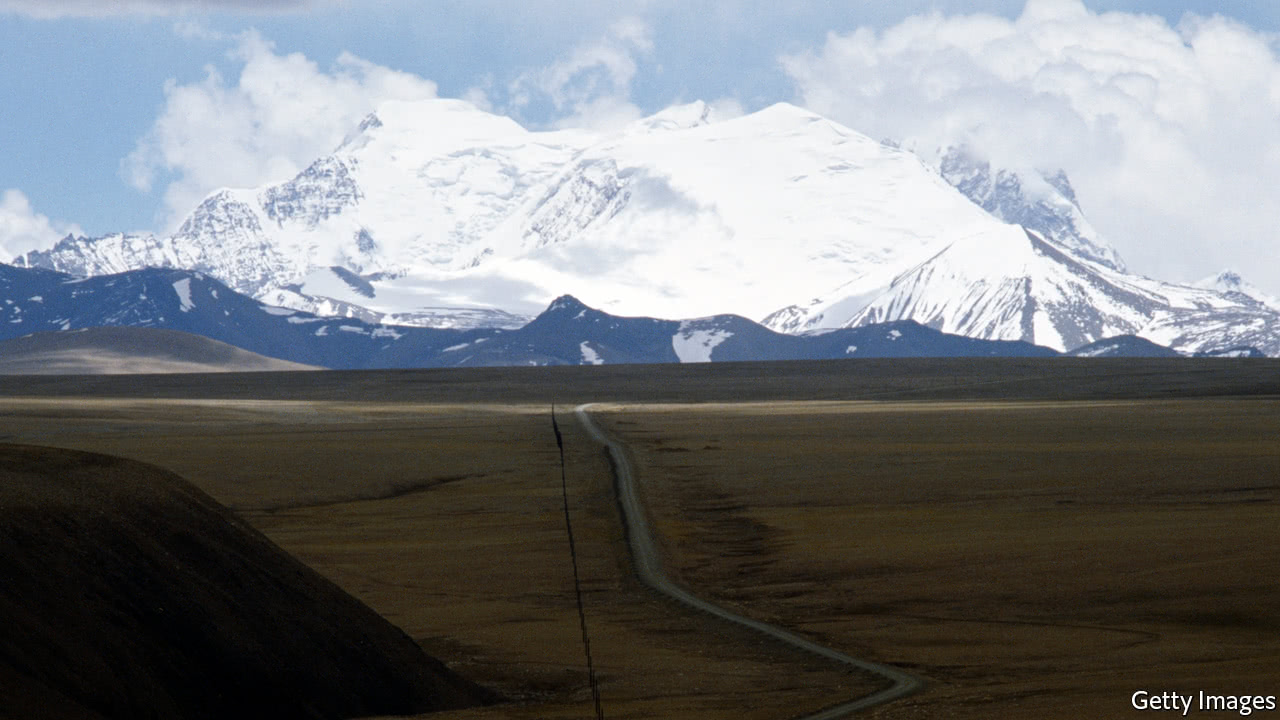 DIVERTING water from the south of China to the north is not the country’s only crazily ambitious drought-alleviation scheme. The government is also thinking about setting up what would be the world’s largest cloud-seeding operation in Tibet. China already uses the technique more than most. Now, says the South China Morning Post, a Hong Kong newspaper, a state-owned defence company has built 500 burners on Himalayan ridges in the path of the monsoon. They are testing a system that involves lofting particles of silver iodide from the machines into the atmosphere. When the water-laden air of the monsoon hits the particles, ice crystals are supposed to form and later fall as rain or snow. The hope is to build tens of thousands of these burners and increase rainfall by up to 10bn cubic metres a year in an area the size of Iran that feeds the Yangzi and Yellow rivers as well as others upon which China’s neighbours depend.
DIVERTING water from the south of China to the north is not the country’s only crazily ambitious drought-alleviation scheme. The government is also thinking about setting up what would be the world’s largest cloud-seeding operation in Tibet. China already uses the technique more than most. Now, says the South China Morning Post, a Hong Kong newspaper, a state-owned defence company has built 500 burners on Himalayan ridges in the path of the monsoon. They are testing a system that involves lofting particles of silver iodide from the machines into the atmosphere. When the water-laden air of the monsoon hits the particles, ice crystals are supposed to form and later fall as rain or snow. The hope is to build tens of thousands of these burners and increase rainfall by up to 10bn cubic metres a year in an area the size of Iran that feeds the Yangzi and Yellow rivers as well as others upon which China’s neighbours depend.
But the largest study of iodine cloud-seeding so far, the Wyoming Weather Modification Pilot Programme, found in 2016 that, although the technique can increase precipitation if wind and other conditions are just right, it cannot do so reliably over a long period or on a large scale. Changing the weather in the fragile environment of Tibet could also be fraught with unintended consequences. The government should think twice before giving its go-ahead to what looks like another vast, risky way of avoiding conservation and pollution controls.This article appeared in the China section of the print edition under the headline "High hopes"
No comments:
Post a Comment